Thailand’s rich artistic heritage is reflected in many forms, but few are as exquisite and timeless as Benjarong Thailand ceramics. These hand-painted porcelain masterpieces showcase the country’s craftsmanship and cultural significance, making them a symbol of Thai tradition. These hand-painted porcelain masterpieces, once reserved for royalty and aristocrats, embody centuries of tradition, craftsmanship, and cultural significance. Let’s explore the origins, unique techniques, and enduring charm of Benjarong ceramics.
The Origins of Benjarong Thailand Ceramics
Benjarong, translating to “five colors” from the Sanskrit words Benja and Rong, is a traditional form of Thai porcelain renowned for its intricate, multicolored designs. This art form has its roots in the Ming Dynasty of China (1368–1644), where the technique of applying multi-colored enamels on a white porcelain base was first developed.
During the late Ayutthaya Kingdom in Thailand (1350–1767), Benjarong porcelain was imported from China, crafted according to Thai specifications and motifs. Thai artisans would oversee the production to ensure the pieces reflected the distinct Thai aesthetic.
Initially, Benjarong was exclusively used by the royal court and nobility, symbolizing status and prestige. Over time, Thai artisans began producing Benjarong domestically, incorporating indigenous patterns and techniques, which led to the unique style recognized today. This evolution marked the transition of Benjarong from a foreign import to a quintessential element of Thai cultural heritage – Read more here.
Image Suggestion: A historical painting or old photograph of Thai royalty using Benjarong ceramics.
The Craftsmanship Behind Benjarong
Each piece of Benjarong is meticulously handcrafted by skilled artisans. The process of making Benjarong Thailand ceramics involves hand-painting intricate patterns with vibrant colors and gold embellishments like:
- Shaping the Porcelain – The base is formed from high-quality porcelain and fired at high temperatures.
- Hand-Painting the Design – Artists use fine brushes to paint intricate patterns in multiple colors.
- Gold Embellishment – Many designs are accented with real gold for an opulent finish.
- Final Glazing and Firing – The piece undergoes a final firing process to ensure durability and shine.
This labor-intensive process results in one-of-a-kind creations that showcase Thai artistry at its finest.
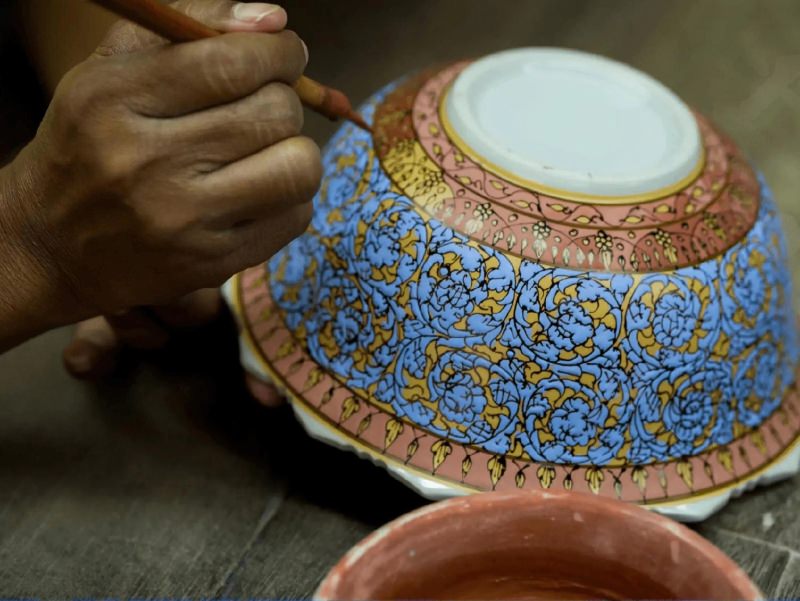
The Symbolism and Artistic Beauty of Benjarong Thailand Ceramics
Benjarong ceramics are more than just decorative items; they carry deep cultural symbolism. Common motifs include:
- Floral patterns, representing prosperity and nature’s beauty.
- Mythical creatures, inspired by Thai folklore and Buddhist beliefs.
- Geometric designs, signifying balance and harmony.
Each design tells a story, making Benjarong not just a work of art but a piece of Thailand’s history and spirituality.
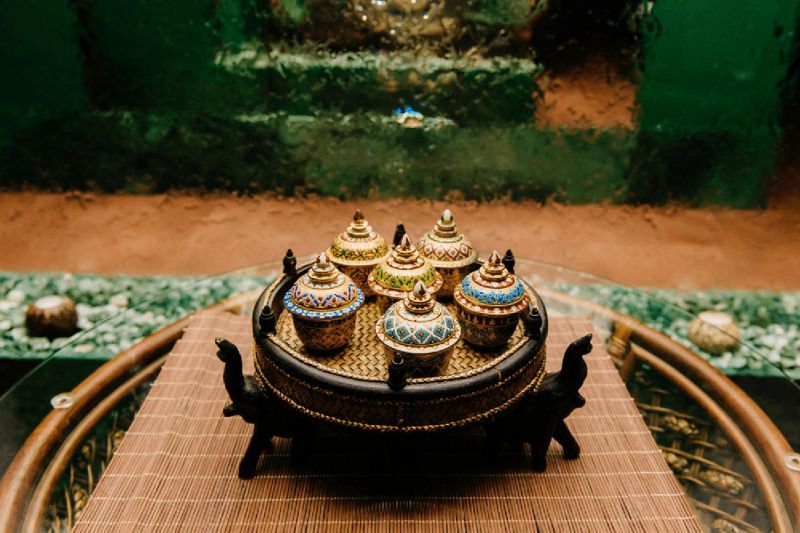
Modern-Day Benjarong: From Royalty to Global Recognition
While once exclusive to Thai nobility, Benjarong has gained worldwide admiration. Today, Benjarong Thailand ceramics are highly sought after for luxury dining, cultural gifts, and home decor. Many artisans continue to keep the tradition alive while incorporating contemporary elements, making Benjarong a bridge between past and present.
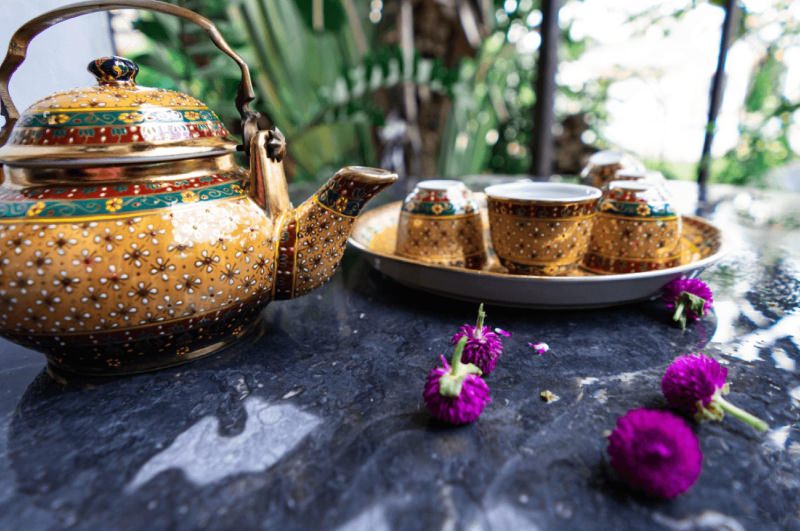
Where to Find Authentic Benjarong
At Sabai Home, we offer a selection of Benjarong ceramics featuring intricate designs and hand-painted 12% gold basins. Each piece is crafted by skilled Thai artisans, preserving the elegance and tradition of this timeless art. Whether you are looking for a statement piece for your home or a meaningful gift, our collection brings the finest Benjarong craftsmanship directly to you.
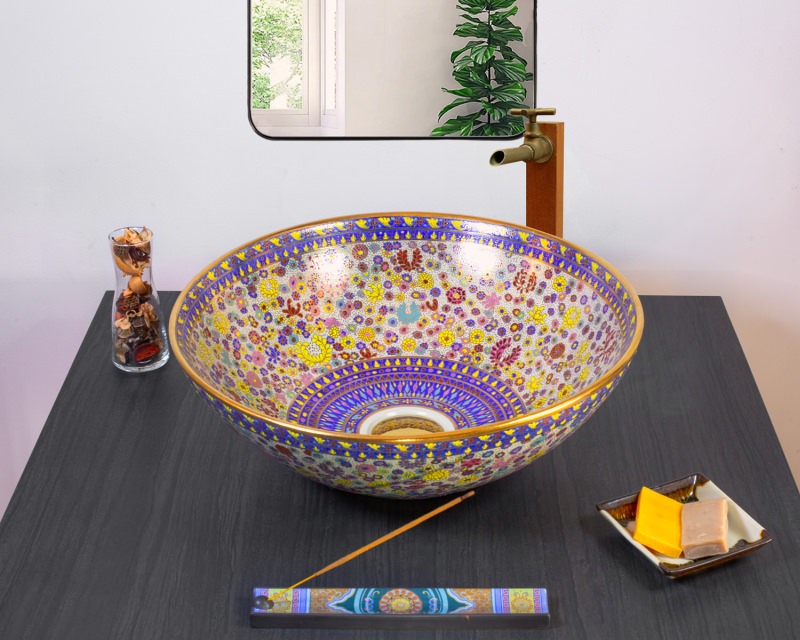
Conclusion
Benjarong is more than just porcelain; it’s a testament to Thailand’s artistic excellence, cultural depth, and timeless elegance. Whether you admire it for its beauty, history, or craftsmanship, each piece holds a story that connects past generations with the present.
To explore more about the history and craftsmanship of Benjarong, visit this resource
If you’re visiting Thailand, don’t miss the chance to witness the art of Benjarong up close—perhaps even bring home a masterpiece of color and craft.



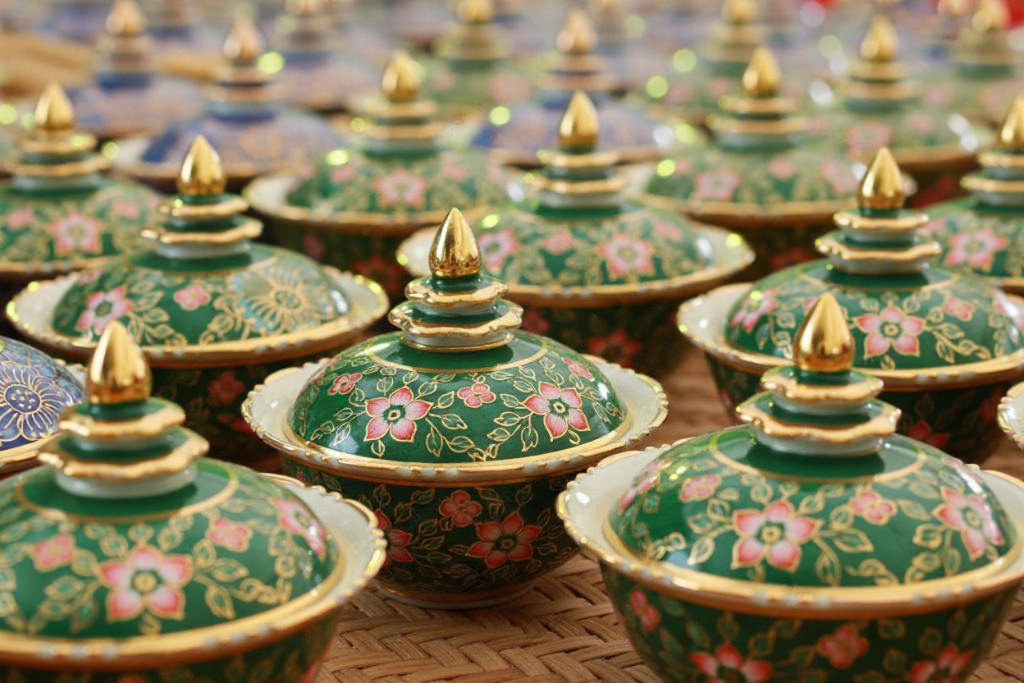
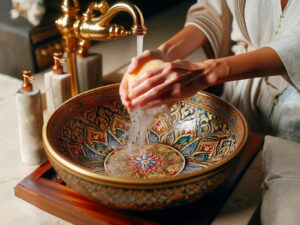


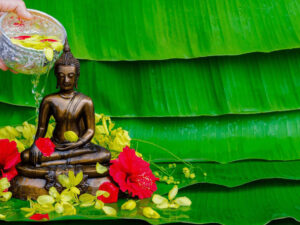
 Caring for your handmade Thai ceramics: Essential tips for longevity
Caring for your handmade Thai ceramics: Essential tips for longevity  5 ways you can help protect Elephants in Thailand
5 ways you can help protect Elephants in Thailand  The Art of Thai ceramics: A tradition of beauty and craftsmanship
The Art of Thai ceramics: A tradition of beauty and craftsmanship  The Story of Benjarong: A Masterpiece of Color and Craft
The Story of Benjarong: A Masterpiece of Color and Craft  Celebrating Songkran: Thailand’s Joyous New Year Festival
Celebrating Songkran: Thailand’s Joyous New Year Festival